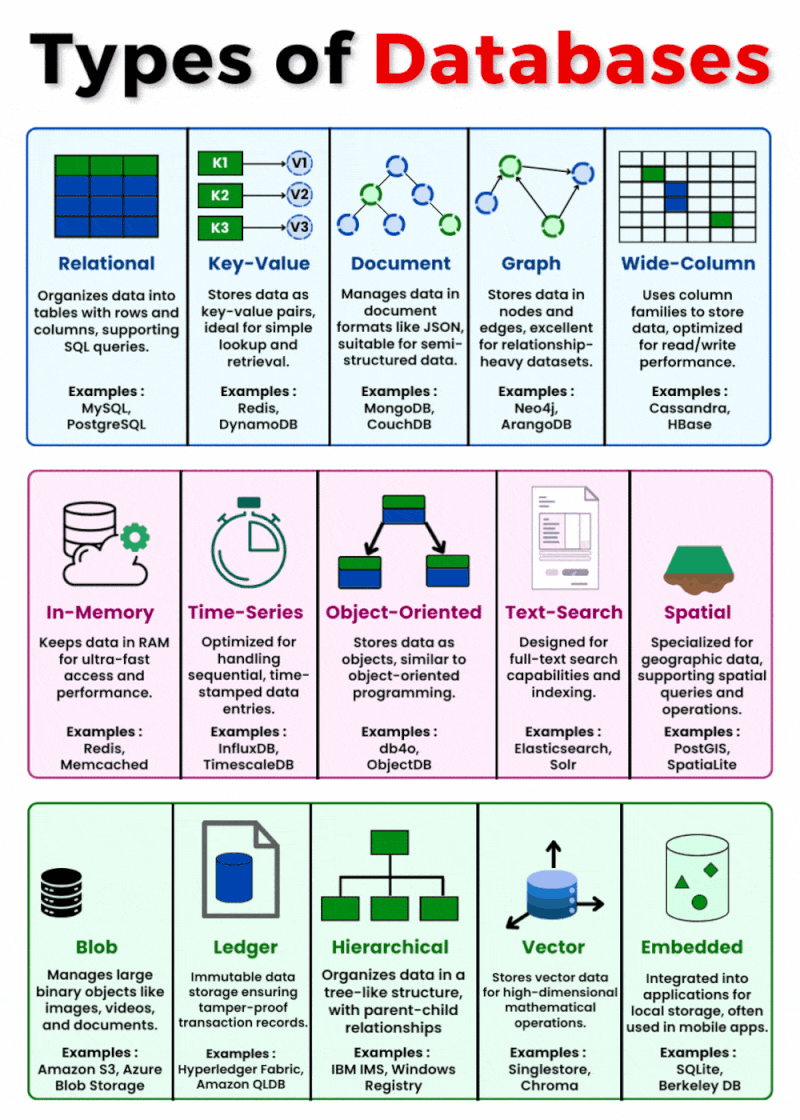-
Third Generation (since mid 1990s) (Cont.)
Object-oriented data model (cont.) -
- Object- or extended- relational databases (Oracle 12c, DB2, ...)
-
It attempts to “add OO-ness to tables.”
All database information is still in tables, but some of the tabular entries can have richer data structure, termed abstract data types (ADTs); i.e., the column values are NOT restricted by the first normal form rule (1NF).
The 1NF is the domain of each attribute contains only atomic values, and the value of each attribute contains only a single value from that domain. students sid name class telephone enrollment lname fname cno major 1 Jones Allan 2 555-1234 101 No 108 Yes 2 Smith John 3 555-4321 105 No 3 Brown Harry 2 555-1122 101 Yes 108 No 5 White Edward 3 555-3344 102 No 105 No

| Don’t cry over spilled milk. |